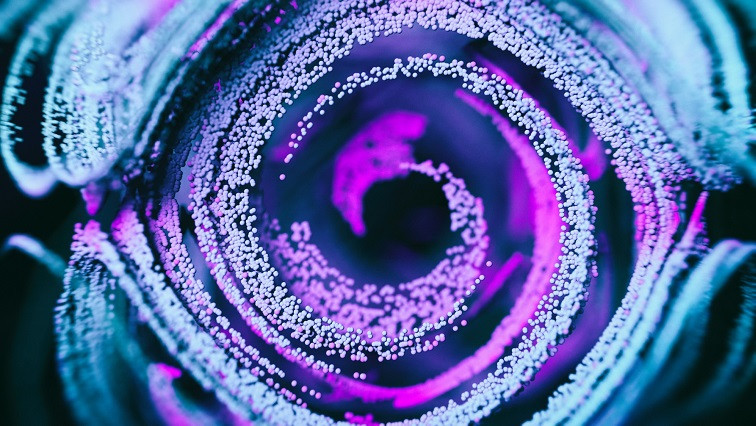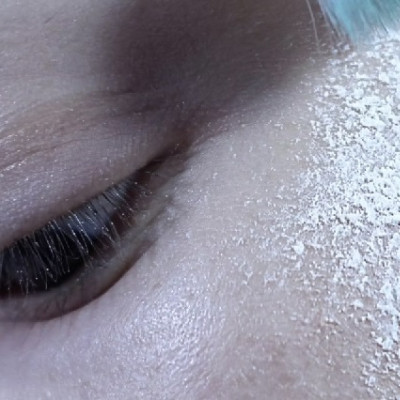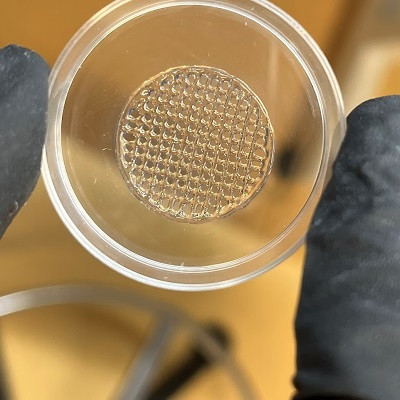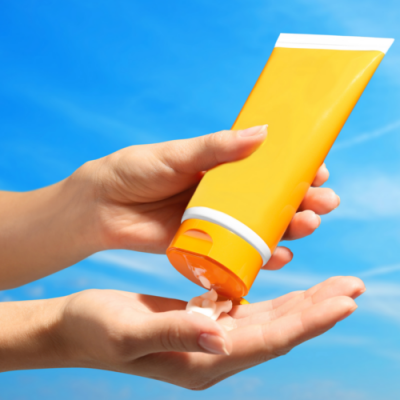A recent scientific review published in delved into the potential of nanotechnology to innovate cosmetics formulations by enabling the development of sustainable beauty products from plant and animal by-products. The research, "High-Tech Sustainable Beauty: Exploring Nanotechnology for the Development of Cosmetics Using Plant and Animal By-Products," presented several key findings that could have significant implications for manufacturers and suppliers in the cosmetics and personal care sectors.
Enhancing efficacy via nanotechnology
One of the primary focuses of the review is the role of nanotechnology in enhancing the efficacy of cosmetic formulations. According to the authors, "Nanotechnology can significantly improve the stability, bioavailability, and controlled release of active ingredients in cosmetic products."
This enhancement is crucial as it allows for more efficient delivery of ingredients, thereby improving product performance. For instance, nanocapsules and nanoparticles can be used to protect sensitive ingredients, such as vitamins and antioxidants, from degradation, ensuring that they remain effective throughout the product's shelf life. Specifically, nanotechnology can improve the stability of vitamin C, enhance the bioavailability of retinol, and control the release of hyaluronic acid, thereby increasing the effectiveness of these ingredients in cosmetic products.
Moreover, the review highlighted that nanotechnology can facilitate the creation of multifunctional cosmetics, which are an influential trend in the current market space. By incorporating nanomaterials, products can deliver multiple benefits simultaneously, such as hydration, sun protection, and anti-aging effects.
This approach meets consumer demands for more versatile products and aligns with the industry's shift towards minimalistic beauty routines.
Sustainable sourcing & by-product utilization
The review also highlighted the sustainability potential of using plant and animal by-products in cosmetic formulations. Often considered waste, these by-products can be repurposed into valuable ingredients, contributing to a more circular economy.
As consumers increasingly prioritize eco-friendly and effective products, adopting nanotechnology and utilizing by-products align with these preferences. The rise of "clean beauty" and the emphasis on minimalistic skincare routines also reflect the market's shift towards effective and environmentally responsible products.
According to the review's authors, "The valorization of by-products from various industries, including agriculture and food processing, can provide a sustainable source of raw materials for cosmetics." Plant-based by-products such as fruit peels, seeds, and even spent coffee grounds can be processed into nano-sized particles or extracts rich in bioactive compounds. Similarly, animal by-products, like collagen derived from fish scales, can be transformed into nanoparticles to enhance skin elasticity and reduce the appearance of wrinkles.
Addressing safety & regulatory concerns
While the review's authors advocated for integrating nanotechnology into cosmetics, they also emphasized the importance of addressing safety and regulatory concerns. The authors caution that "the introduction of nanomaterials in cosmetic products necessitates rigorous safety assessments to ensure consumer protection."
They called for comprehensive toxicological studies to evaluate the potential risks associated with nanomaterials, particularly in terms of skin penetration and long-term exposure. These risks include potential skin irritation, allergic reactions, and the need for proper disposal to prevent environmental contamination.
Regulatory compliance is another critical aspect highlighted in the review. As the use of nanotechnology in cosmetics grows, manufacturers must adhere to regulatory guidelines set forth by agencies such as the U.S. Food and Drug Administration (FDA) and the European Medicines Agency (EMA).
The study noted that "regulatory frameworks must evolve to keep pace with advancements in nanotechnology, ensuring that all products on the market are both safe and effective."
Industry implications and future directions
The review offered valuable insights into the future of cosmetics and personal care product manufacturers and suppliers. Integrating nanotechnology and utilizing by-products could be key strategies for developing innovative, sustainable products that meet consumer demands, and the review encouraged industry stakeholders to invest in research and development to explore the full potential of these technologies.
The authors also suggested collaboration between researchers, industry leaders, and regulators will be crucial for implementing nanotechnology in cosmetics. "Continued innovation, coupled with stringent safety standards, will drive the future of high-tech sustainable beauty," they concluded.
Read the original article on Cosmetics Design.







